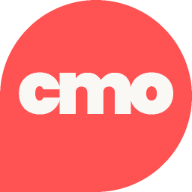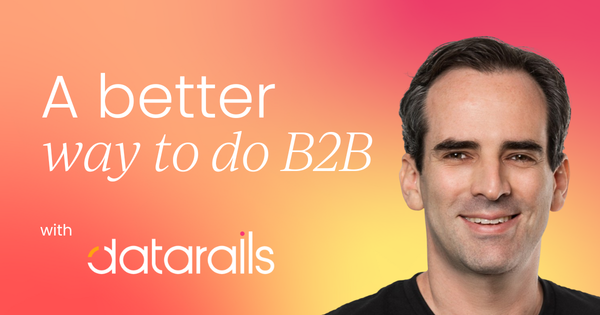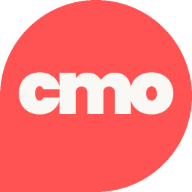Note: This article comes from Aviv's episode on CMO Convo.
When I joined Datarails as VP of Marketing, the company was 95% outbound and had a couple of million dollars in ARR. The founders gave me a simple, powerful directive: try to build marketing and let’s see what happens.
Four years later, we’ve grown more than 10 times, and our go-to-market engine has completely flipped to being 95% inbound. This journey wasn’t just about tweaking campaigns; it was about rethinking our approach to B2B marketing.
Along the way, I also took on leadership of the sales team, becoming the Chief Revenue Officer (CRO). This shift gave me a unique, end-to-end view of the entire revenue funnel. It also meant I could no longer blame sales for not closing my "amazing" marketing leads, nor could I blame marketing for sending "crappy" leads.
The secret to our growth has been embracing a non-traditional B2B strategy, taking risks, and remembering one simple truth: you’re always selling to human beings.
From CMO to CRO: Why an integrated revenue perspective matters
In many startups, it’s common to see a disconnect between marketing and sales. I’ve been in management meetings where I, as the marketing leader, would report hitting our targets for meetings or opportunities, only for the VP of Sales to report that they missed their target for closed-won deals.
This doesn't make sense. We are all one team focused on revenue.
When I got the opportunity to lead both sales and marketing, it created a more holistic and accountable structure. For our CEO, it means there's one person responsible not only for revenue growth but also for the cost of acquisition.
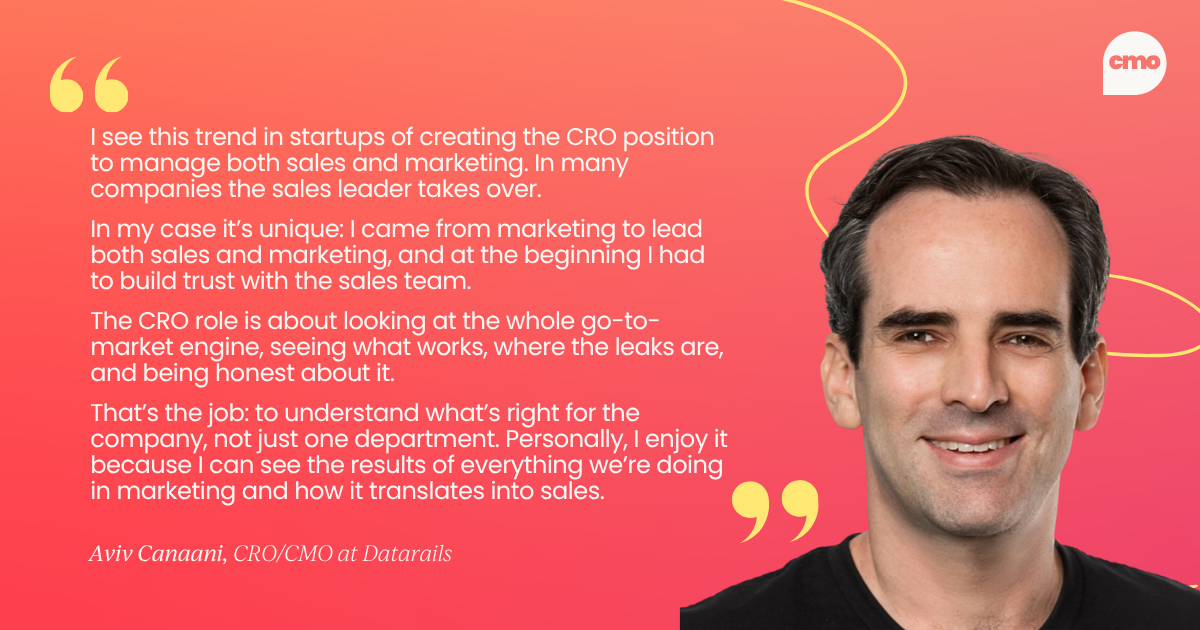
Unifying the go-to-market engine
Now, it’s up to me to decide where to invest our next dollar. Should it go toward a brand campaign, more content, or hiring new account executives? I have to weigh these decisions based on what will most efficiently help us hit our revenue targets.
The ultimate goal of marketing is to make sales easy.
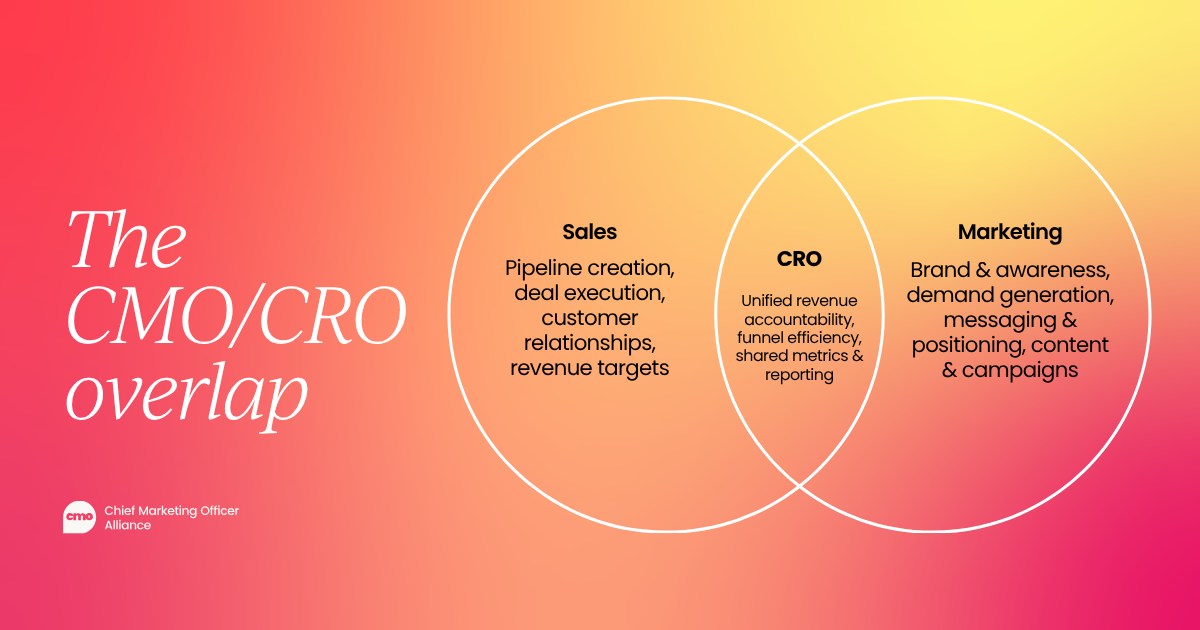
It’s not just about creating awareness or getting demo sign-ups. As a marketer, you want to know that your efforts are making a real difference to the business. Having ownership of the full funnel allows me to see the direct results of every marketing activity, from a creative ad to a new podcast episode.
While it's more common for a sales leader to step into the CRO role, my marketing background has been a unique advantage. It required building trust with the sales team, but ultimately, success in this role comes down to focusing on what’s right for the company and understanding the entire go-to-market engine.
Flipping the script: Shifting from 95% outbound to 95% inbound
When I joined, the goal was simply to make marketing work. I started by pursuing two paths simultaneously: paid acquisition and organic growth.
On the paid side, I hired three separate agencies for Google, Facebook, and LinkedIn to create some healthy competition while I built our in-house team. The moment we launched our first campaigns, it felt like we were drilling for oil and actually found it. Deals started coming in, which helped me make the case for building out a full internal team.
On the organic side, we launched a weekly podcast called "FP&A Today" with a host known as "The FP&A Guy." It’s as niche as it gets, but four years later, it has over 500,000 downloads. We also created a fun, engaging company LinkedIn page filled with humor and thought leadership for the finance community.
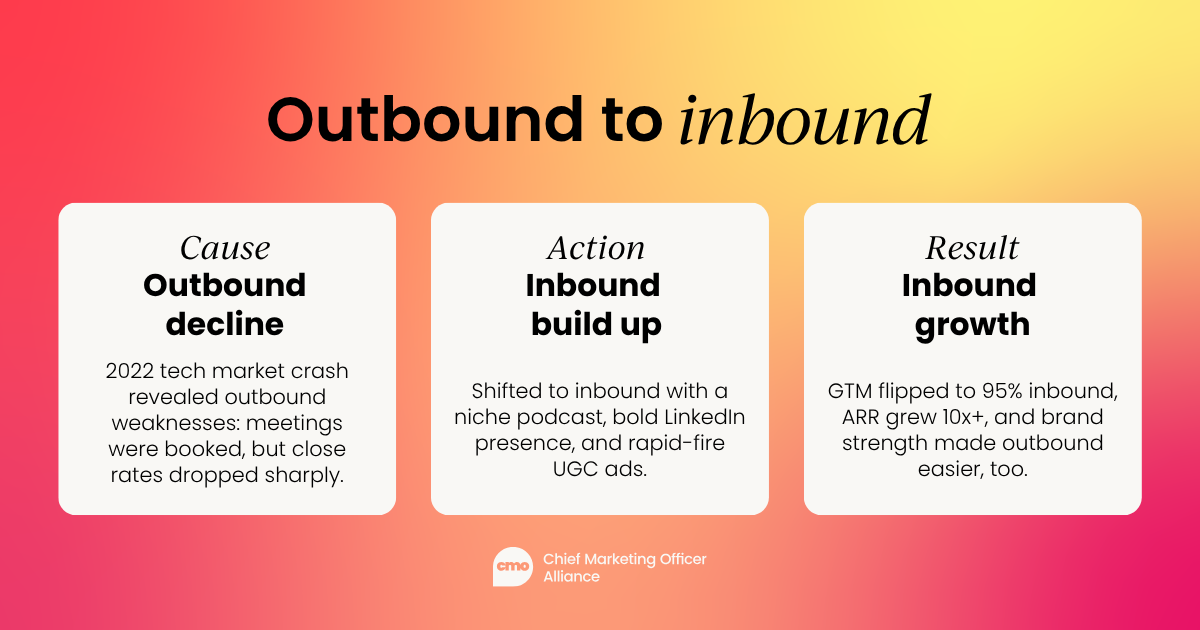
Why we leaned into inbound marketing
The real catalyst for our shift happened in 2022 when the tech market crashed. We noticed that the close rate for our outbound leads dropped significantly. The outbound team was still hitting its targets for meetings, but those opportunities weren't converting into closed-won deals at the same rate as our inbound leads.
People who come to us through inbound channels have a higher intent to buy. They’ve raised their hands and are actively looking for a solution. This realization led us to double down on our inbound strategy, which helped us continue to scale predictability.
This doesn’t mean we’ve given up on outbound. A strong inbound brand actually makes outbound efforts more effective. When our team calls a prospect today and says they’re from Datarails, people know who we are. Our goal is to find the right, diversified mix of inbound, outbound, and partnerships.
Applying B2C tactics to B2B marketing
I believe that 99% of marketing is noise that people are actively trying to ignore. Your job is to be the 1% that stands out. This is especially true on social channels. To make someone stop scrolling for a B2B ad, it has to be truly unique and valuable.
Which brings me to this point: B2B doesn't have to be boring
Too many B2B marketers play it safe.
They create boring content because they think they’re selling to corporations. But you’re not selling to corporations; you’re selling to actual human beings. I was recently at an event with CFOs, and during the talks, they were scrolling through Instagram and watching funny videos just like everyone else.
Believe it or not, even CFOs have a sense of humor.
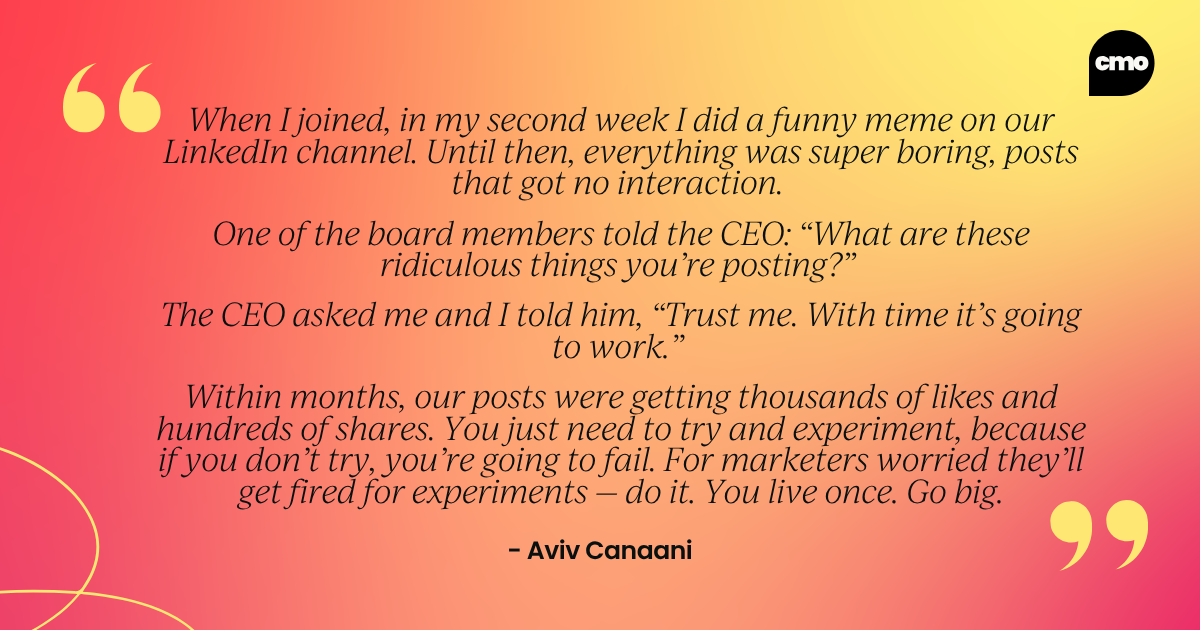
Companies are often afraid to show personality, but playing it safe is the biggest risk of all. If your marketing doesn't stand out, it won't work, and you'll eventually fail anyway.
Creating 'scroll-stopping' content with humor and UGC
We run a lot of ads that are funny, smart, or leverage user-generated content (UGC).
A few years ago, we saw an ad from another company that made fun of a well-known phrase by Kim Kardashian. We created our own version tailored to our audience, and it brought in a huge number of deals. Who would have thought a Kim Kardashian meme could help sell FP&A software to CFOs?
You need these "scroll-stoppers" to capture attention. We work with creators on platforms like Fiverr and Upwork to produce a high volume of video content quickly. In the past, creating an ad was a months-long, $30,000 process. Now, we can write a brief, send it to a few creators, and get videos back in days. This allows us to feed the algorithms on Meta and TikTok with fresh content and see what works.
Hiring a team with a B2C mindset
To execute this strategy, you need the right people. Our head of growth came from a mobile gaming app company known for its crazy ads. We’ve hired people from B2C marketplaces like Fiverr and other online marketing backgrounds. These are people who understand they’re selling to humans and are willing to take risks.
While my own background is in B2B, I’ve found that professionals from the B2C world bring a different DNA. They aren't held back by the old, stuffy conventions of B2B marketing, like 20-page ebooks that no executive has time to read.
Balancing humor with thought leadership
Of course, it’s not all about memes.
You have to balance the fun, engaging content with deep, professional thought leadership. We do this by creating different types of content for different needs. On one hand, we have our funny ads and LinkedIn gags.
On the other hand, we have our hour-long podcast episodes that dive deep into the world of FP&A. We interview finance leaders about their career journeys and how they’ve driven value for their businesses. A CFO or FP&A director will find immense value in that content. We also share graphs, models, and data-driven insights relevant to the finance space.
You need to do both. There’s no magic formula of 80% this and 20% that. The goal is to create a rich buffet of engaging content so that everyone in your audience can find something they connect with.
The future of marketing is human-led
If you’re wondering where to focus your efforts next, my advice is to think about people and communities. As an executive, I rarely read ebooks anymore. Instead, I get my insights from other people.
The power of professional communities
I’m part of several communities, like G-CMO for marketing leaders and Pavilion for GTM executives. These groups have amazing WhatsApp chats and events where people share what’s working and what’s not, in real-time. You get direct, honest opinions from your peers.
These communities are invaluable. When you have a real conversation with someone about a challenge you're facing, they respond. It doesn't feel like a sales pitch; it's just people helping people.
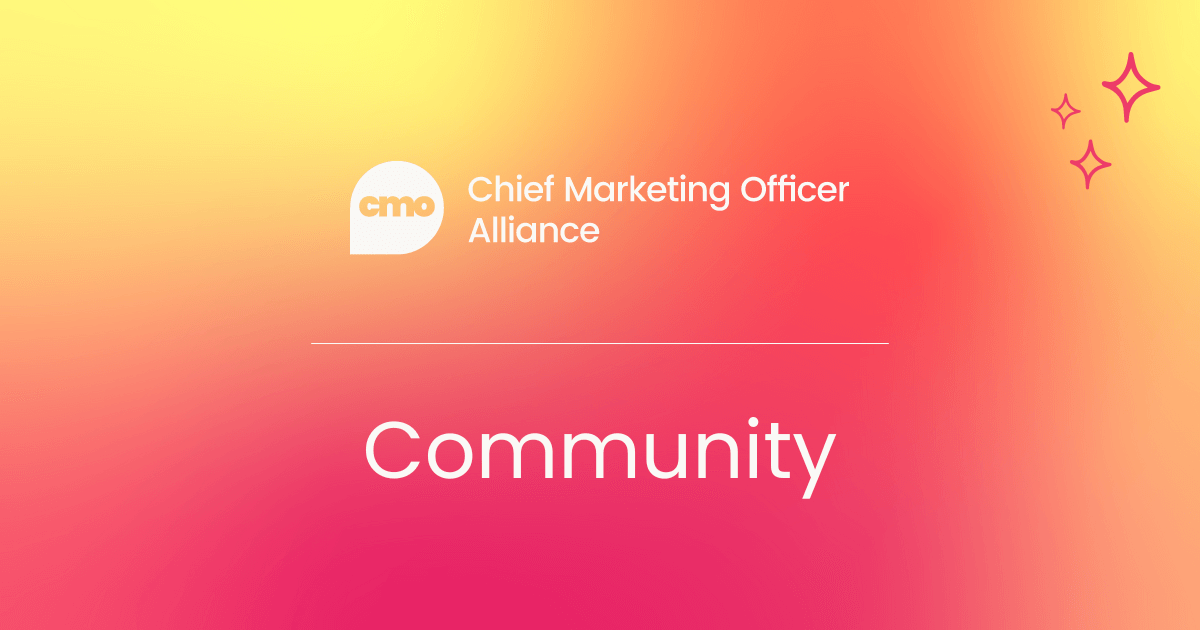
The rise of the personal brand in B2B
My prediction for the future is that marketing will become even more about people. I’m already seeing a trend on LinkedIn where there are more sponsored posts from people rather than from company pages. You’ll see a customer talking about how a tool helped them, promoted by that company.
People want to hear from people, even if they know it’s a paid promotion. CEOs, CMOs, and individual contributors are all building their own brands. This is where marketing is heading.
Take risks and go wild
If there’s one thing I want you to take away, it’s this: take risks. Go wild. You only live once. Try to do fun, creative, and engaging marketing.
When I posted our first meme on LinkedIn, a board member approached our CEO, asking what we were doing trying to market to CFOs with "ridiculous jokes." I asked our CEO to trust me. Within months, our posts were getting thousands of likes and hundreds of shares.
You have to try and experiment, because if you don’t, you’re guaranteed to fail. Worst case, your experiment doesn't work. But if it does, it’s so much fun. It reminds you why you got into marketing in the first place.
Go for it.






.png)


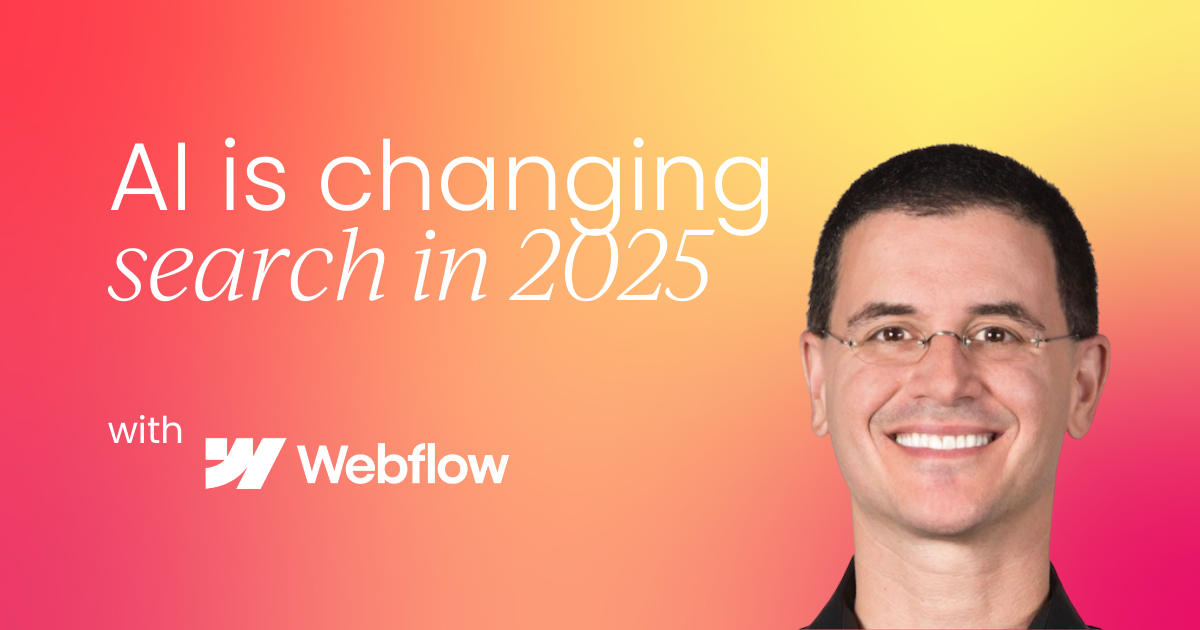
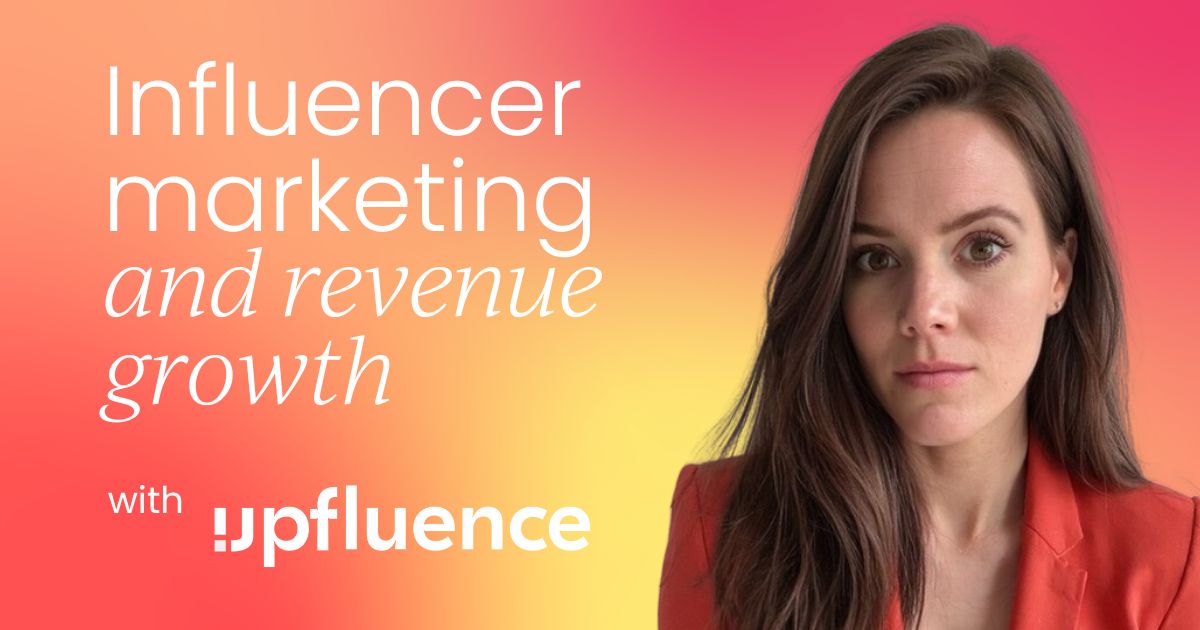
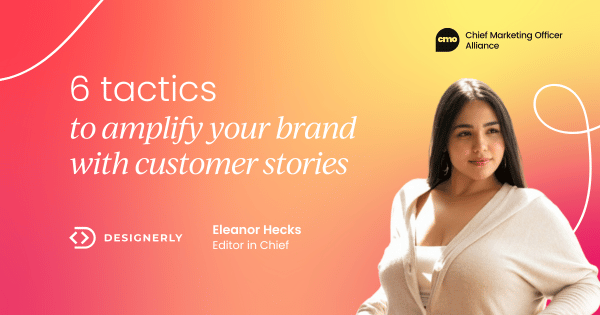




 Follow us on LinkedIn
Follow us on LinkedIn